Imagine a world where homes come to you, walls whisper their potential, and every empty space is a canvas for your imagination. This is not the work of science fiction—you’ve just crossed into the realm of augmented reality and real estate. Welcome to the next dimension of homebuying and selling, where the only limit is the boundary of your creativity.
As a faculty member with Florida Realtors, I’m certified to teach agents about virtual and augmented reality, so I’m the perfect person to help you navigate this amazing new technology and break down exactly what it is, how you can use it, why you want to, and how it can help you sell more homes with less effort. So, buckle up! You’re about to get schooled in augmented reality (AR) for real estate.
What Is Augmented Reality in Real Estate?
In the constantly changing world of real estate, augmented reality is no longer just a buzzword—it’s a game changer. But what exactly is AR, and how do you use it in your real estate business? AR is advanced visualization, allowing potential buyers to visualize properties in a way that traditional photos or videos can’t match.
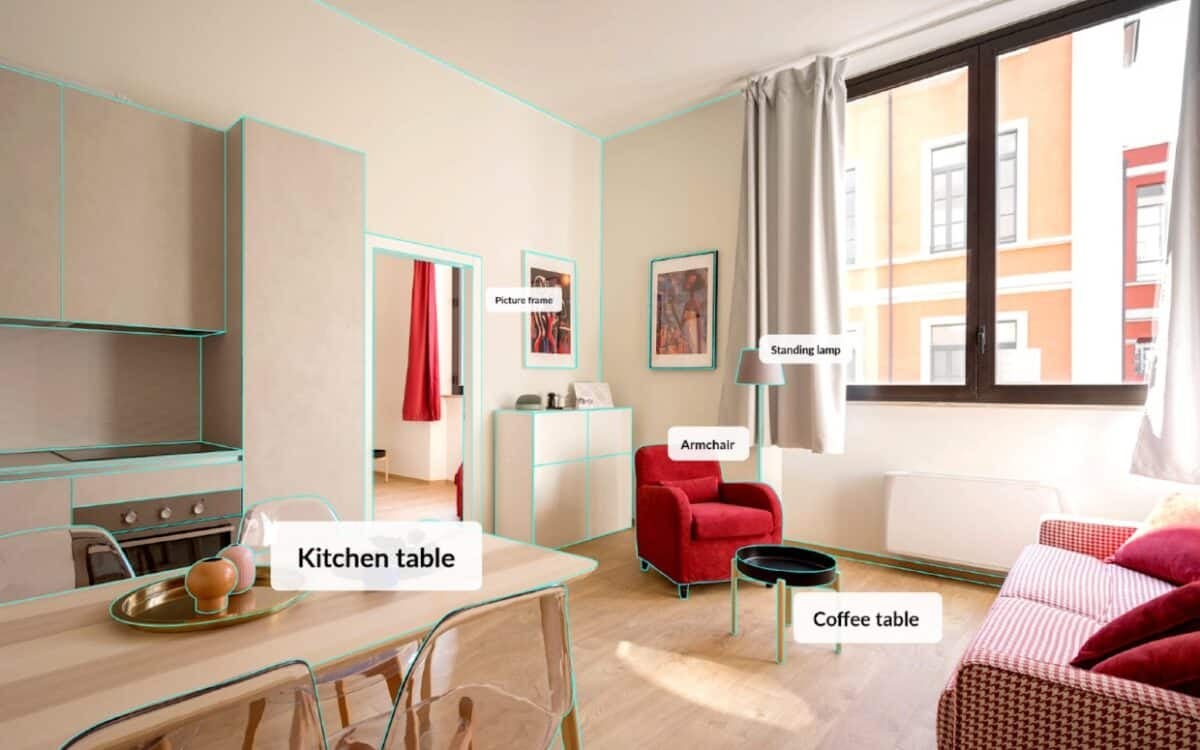
It’s like giving your eyes a superpower to see the unseen, making every space an interactive experience that’s both innovative and exciting. It’s the gamification of real estate. It overlays digital information onto the real world, making it possible to see how furniture looks in a room, visualize completed renovations or new construction projects, or take virtual tours of properties from anywhere in the world.
How Does AR Work?
AR is a bit different from virtual reality. VR transports you to a completely different location. You could be inside a property thousands of miles away or in the metaverse or a virtual world. AR doesn’t transport you to a different location. It enhances the way you see and interact with the world you’re already in. With augmented reality, real estate comes alive. If you ever played the game Pokémon GO, you’ll remember the little characters you could see through an app on your phone. That’s how augmented reality works.
Honestly, AR in real estate is incredibly powerful for agents of sellers and buyers. Sellers can showcase the potential of a space without actually making renovations, showing a room tailored to meet the buyer’s desires. On the buyer’s side, it reduces the mental obstacle of picturing the space differently, making it easier to see a property as a future home. You don’t have to rely on their imagination—you can show them instead.
Benefits of Augmented Reality in Real Estate
Augmented reality, along with virtual reality (VR), mixed reality (MR), and artificial intelligence (AI), is transforming the real estate landscape, offering benefits that are too compelling to ignore. Here are just a few:
Enhanced Visualization
AR takes the guesswork out of property viewing, allowing clients to see the potential of a space without needing to be there physically. AR also allows investors to see fully realized properties before breaking ground on a project. Imagine how a project will look from the outside and venture inside to explore rooms, hallways, and much more.
With virtual staging apps like Apply Design, agents can virtually stage a single room or an entire building with this technology.
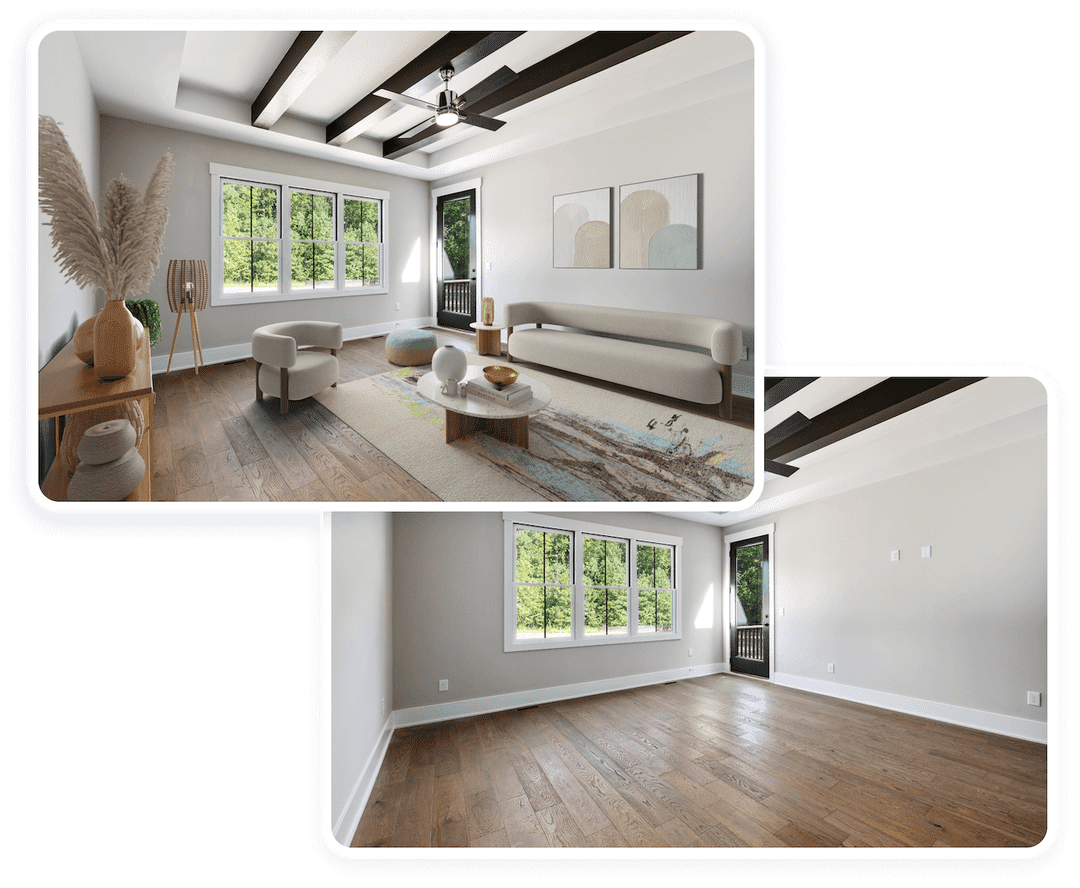
Sometimes, it takes seeing some furniture in the room to get a better feel for the space. So, the next time you’re on a home tour in an empty house, grab your iPad and pull up your Apply Design app. Fill the room with gorgeous furniture within 15 minutes so your clients feel at home.
Virtual Renovations
Virtual staging lets you change a listing to suit your buyers’ desires. Maybe the kitchen is outdated and needs a makeover. Demonstrate the possibilities with an AR modification. With augmented reality, you can visualize renovations, large or small, so your buyers can realize the property’s full potential, giving them more power to say “yes.”
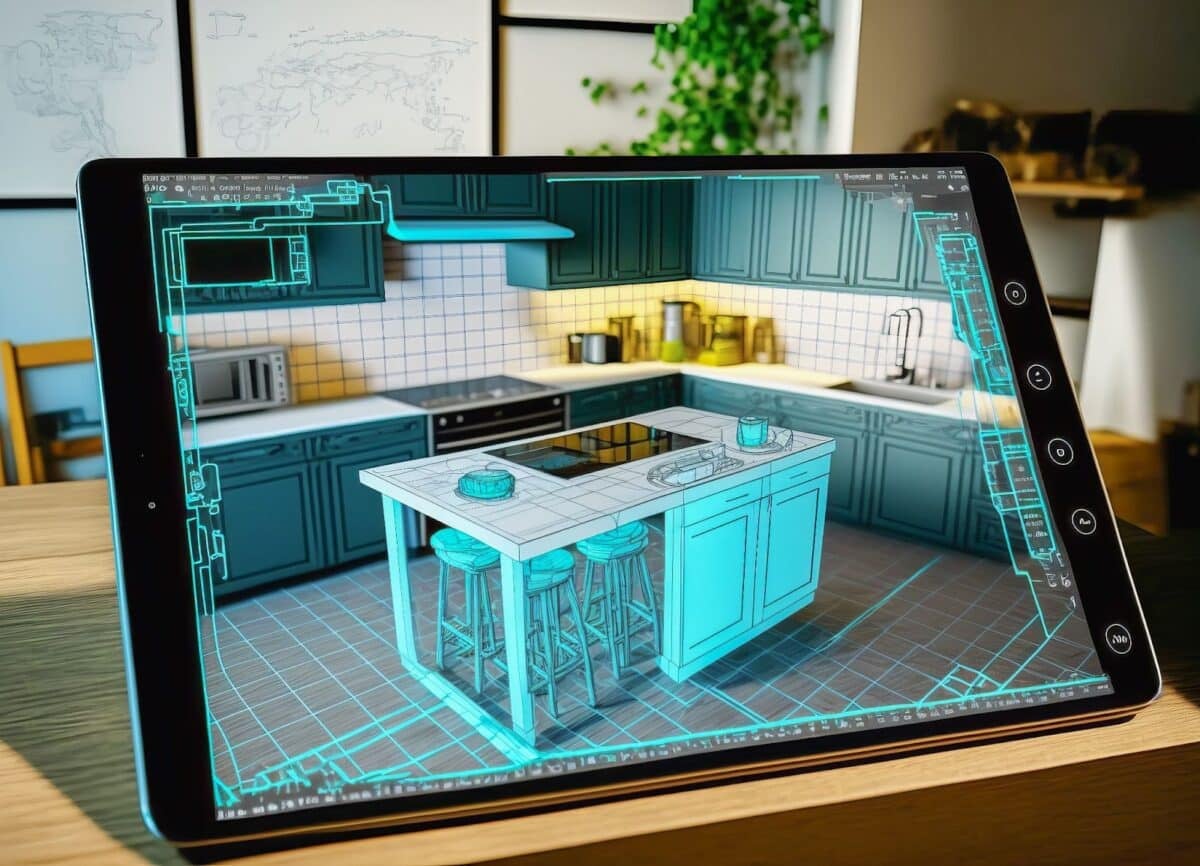
Imagine standing in the middle of an empty room with your clients and instantly filling it with furniture using your cell phone, iPad, or a VR headset. Or maybe your clients love everything about a home except for the color of the walls or the flooring. Instantly change the wall color from bright yellow to a subtle gray, or replace the carpet with a wood-look luxury vinyl plank with AR to give your clients a feeling of immediate connection to a space that aligns with their tastes.
Interactive Marketing
Surprisingly, more agents aren’t taking advantage of this technology. Augmented reality for real estate allows your print media to take on a whole other realm. With AR technology, you can add pop-ups to your print media, directing prospects to multiple calls to action. For example, you might have a listing advertised in a magazine. You can add AR to the images that pop up on the screen of your smartphone or iPad when hovering over them. Your prospects can then click the button on the screen for more information or to call you directly. How cool is that?
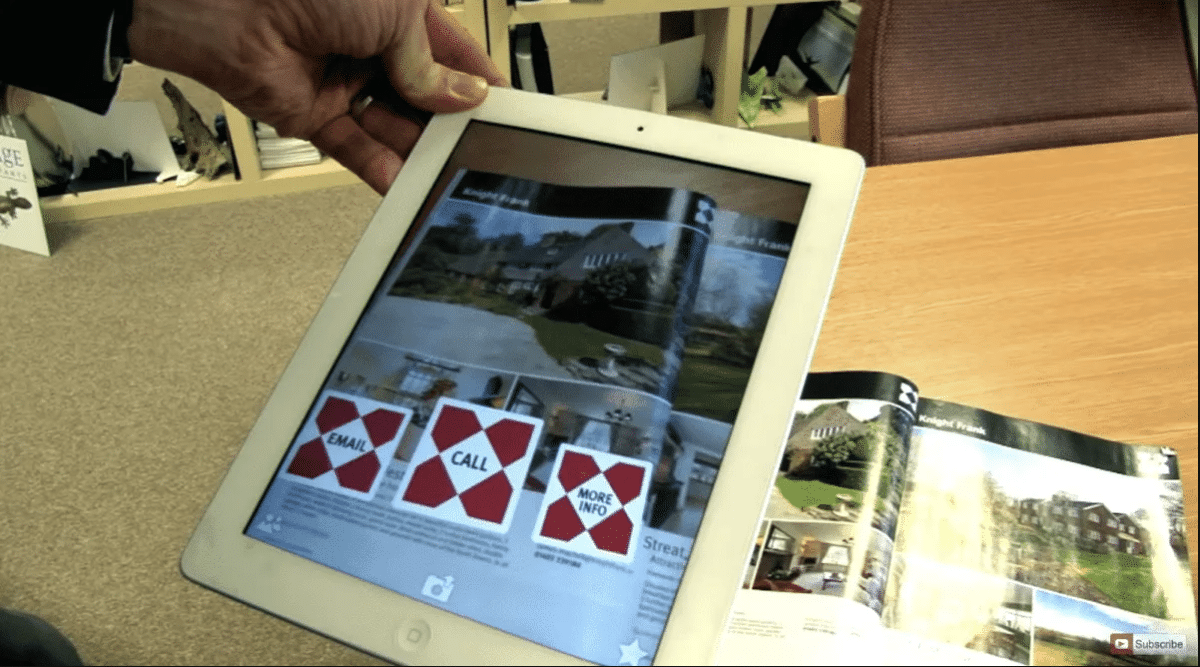
Time & Cost Efficiency
Say goodbye to endless site visits. With AR, potential buyers can narrow their choices much faster, saving time and money. You know as well as I do that many home shoppers are those late-night scrollers looking at homes at 2:00 am. Give them an immersive experience that allows them to get closer to a “yes” than a standard 2D photo can. When you combine the power of VR and AR, your prospects can see themselves in their new home from the comfort of bed at any hour.
Emotional Engagement
By providing an immersive experience, AR helps clients form an emotional connection to a property, increasing the likelihood of a sale. When your buyers are this engaged with a property, it’s much easier for them to create that emotional bond. And once they form that bond, it’s much easier to make a buying decision.
How Much Does AR Real Estate Cost?
Yeah, yeah, yeah … so AR is great for your real estate business, but how much are we talking? I’ve got you covered. While augmented reality (AR) offers enhanced experiences, the costs can vary widely depending on the application’s complexity and the project’s scale. Let me be clear—AR and VR use much of the same tech, so when you invest in one, you’re most likely investing in both. For example, virtual tours are advertised as VR but can also include AR aspects.
Regarding costs, a basic VR tour might start at a few hundred dollars, but more sophisticated applications could run into thousands. It’s an investment in your marketing strategy that can significantly enhance how you showcase properties. Here’s a breakdown of just a few AR tools available now.
| Equipment | Price | Explanation | Link to Product |
|---|---|---|---|
VR Headset + Controller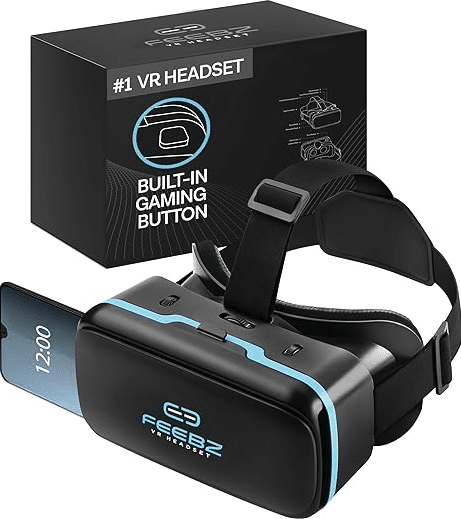 | $25-$50 | Use this for a fully immersive 3D experience, especially in a virtual home tour | Click here |
360-degree Camera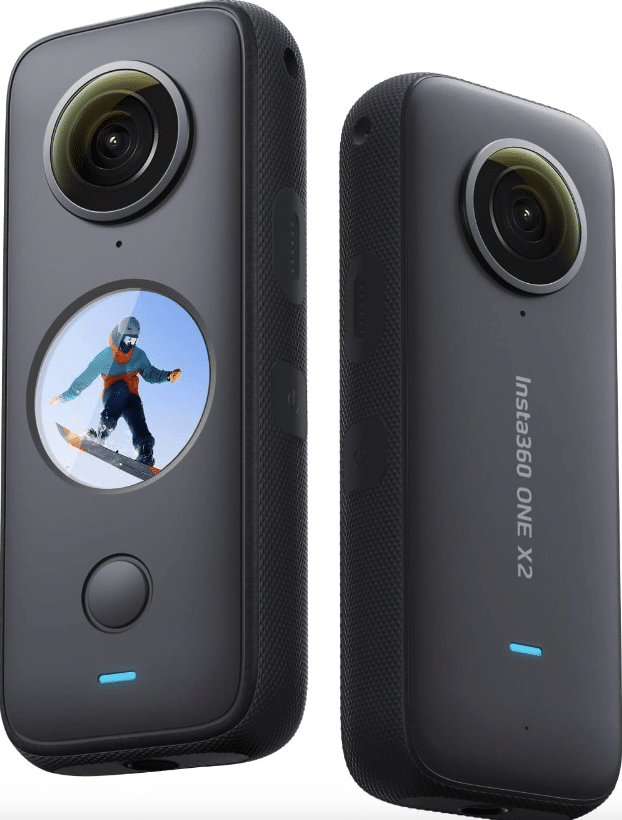 | $300-$700+ | Create your own 3D tours and videos | Click here |
| Virtual Staging Apps | $10-$15 per image | Use an app like Apply Design to virtually stage, change wall colors, remove clutter, and more | Click here |
| QR Code Generator | Free-$10 | Generate your own QR code to direct potential clients to an AR/VR experience for your listings | Click here |
| Virtual 3D Tour With Matterport | Free: 1 active property 5 to 20: $10 per month | Create a 3D immersive tour for your listing with Matterport | Click here |
| Virtual 3D Tour With a Professional Photographer | Rates vary | Create a 3D immersive tour for your listing with your professional photographer | Contact your favorite real estate photographer to ask about services |
Check out a 3D neighborhood tour from this Dallas agent who drives a motorcycle through the streets of some of his geographic farm areas with a 3D camera attached to him. It’s just a taste of what you can do to enhance your future buyers’ home shopping experience.
If you want to add live location-based AR, consider hiring a company like Smarttek to create custom apps. You can find a pro on Fiverr who can also make AR integrations for your real estate marketing. As this technology evolves, more ways to add AR features will become more available and accessible.
Augmented reality and real estate marketing are powerful together. When you combine AR with virtual reality, now you’re thinking next-level. And with the technology evolving so quickly, there will be more iterations you will be able to take advantage of in the near future.
7 Ways You Can Use Augmented Reality Right Now
Hopefully, you’re starting to see how easily you can implement some of this technology into your real estate marketing strategy. But let’s recap some of the best and easiest ways to start using augmented reality like a pro starting now.
1. Virtual Staging
Transform empty spaces into beautifully staged homes with just a few clicks using platforms like Apply Design. With this innovative and easy-to-use tool, you can add furniture, remove clutter, change the paint on walls, and so much more.
2. Interactive Property Tours
Allow clients to explore properties at their own pace whenever convenient. These are the static 3D tours you see on listing platforms created by companies like Matterport and photographers with 3D cameras. The software stitches the images together to give viewers an immersive experience.
3. Neighborhood Walk-throughs
Give clients a feel for the neighborhood without leaving their homes, showcasing local amenities and features. Strap a 3D camera to yourself, hop on a bike, and ride around the neighborhood. The camera will pick up 360 degrees around you as you tour the neighborhood.
4. Renovation Visualization
Ever have had one of those fixer-uppers that just doesn’t sell? Well, AR is here to help with those. Now, you can help clients see the potential in fixer-uppers by visualizing renovations before they happen. You now have the power to show a property’s full potential to get it sold faster and for more money.
5. Property Management
Property augmented reality is redefining property management. Using AR, property managers are discovering innovative ways to inspect, maintain, and show rental properties. AR can help visualize renovation or rehab plans by superimposing images over a current rendition. Property augmented reality can also help pinpoint maintenance issues by allowing for virtual inspections and locating hidden infrastructure through walls. AR can also enhance a future renter’s experience before moving in. AR in property management enhances operational efficiency and elevates the tenant experience.
6. Project Visualization
Builders and developers love using augmented reality for real estate projects. Imagine how much easier it is to sell properties when home shoppers can tour a virtual property before the ground is broken. You can allow your buyers to tour multiple floorplan options so they can choose the one that best fits their needs and desires. And your clients will be more committed to seeing the project all the way to closing from the jump.
7. Location-based AR
Location or geo-based AR is attached to a geographic point and is triggered when a prospect is near the geo point. Imagine your future clients driving through a neighborhood they’re interested in. They drive by a listing and are eager to learn more about it. Using their phone’s camera, they can view additional details about the property layered over the image, like property descriptions, dimensions, pricing, and links to contact an agent. Property shopping just got an upgrade.
Examples of Augmented Reality in Real Estate
From virtual open houses to interactive floor plans, the possibilities with AR are endless. Zillow is already leveraging AR to provide better experiences for its clients. Apply Design takes it a step further, offering virtual staging solutions that bring properties to life, helping clients visualize their future homes in stunning detail. Adding additional information to your marketing materials or even adding web AR with companies like Onirix.com or Vectary.com can add layers to the user experience in home shopping.
You’re likely more familiar with AR technology than you think. If you’ve used apps like Apply Design, Styledod, or BoxBrownie, you’ve already used AR technology. Other apps you may be familiar with include:
- MagicPlan: View the layout of a space through the app to get a feel for the size, how furniture will fit inside, and multiple angles. Also, create floorplans.
- Cubicasa: Use your smartphone to scan each room in a home to get an accurate floor plan for your listings.
- Real AR: See homes in 3D from wherever you are, request more information, and even schedule a showing with an agent.
- ResonAI with Vera: Create intelligent environments with innovative ways to interact within a space powered by positional tracking.
- IKEA Kreativ: Take a picture of any room in your home and design your space from the IKEA catalog, including testing out sofas to see if they will fit in your room.
- Domotics: Zillow meets Zoom with this interactive listing platform. Take your clients on a home tour virtually, talk them through the features, guide their experience, and field questions in real time, entirely in a virtual space.
These are just a few cool tools out there for you to discover right now. As this tech expands, more options and uses will crop up. Take advantage of all the possibilities before you to help you succeed in your real estate business easily.
Your Take
These remarkable emerging technologies, AI, VR, and AR, are making a big splash in the real estate industry. They are making the user experience for your clients much easier, allowing buyers to virtually explore properties from any location, visualize their furniture in future homes, and shop around the clock without a late-night text. There are so many wonderful ways home shoppers can interact with properties, helping them make that final decision on the one that much faster. Jump in and implement some of these tools in your business. The truth is, if you don’t, your competitors will. So, embrace the technology! You and your clients will be glad you did.
Have you started using any augmented reality in your real estate marketing yet? What has been your experience so far? What are you excited about in the near future? Share your thoughts and experiences in the comments!








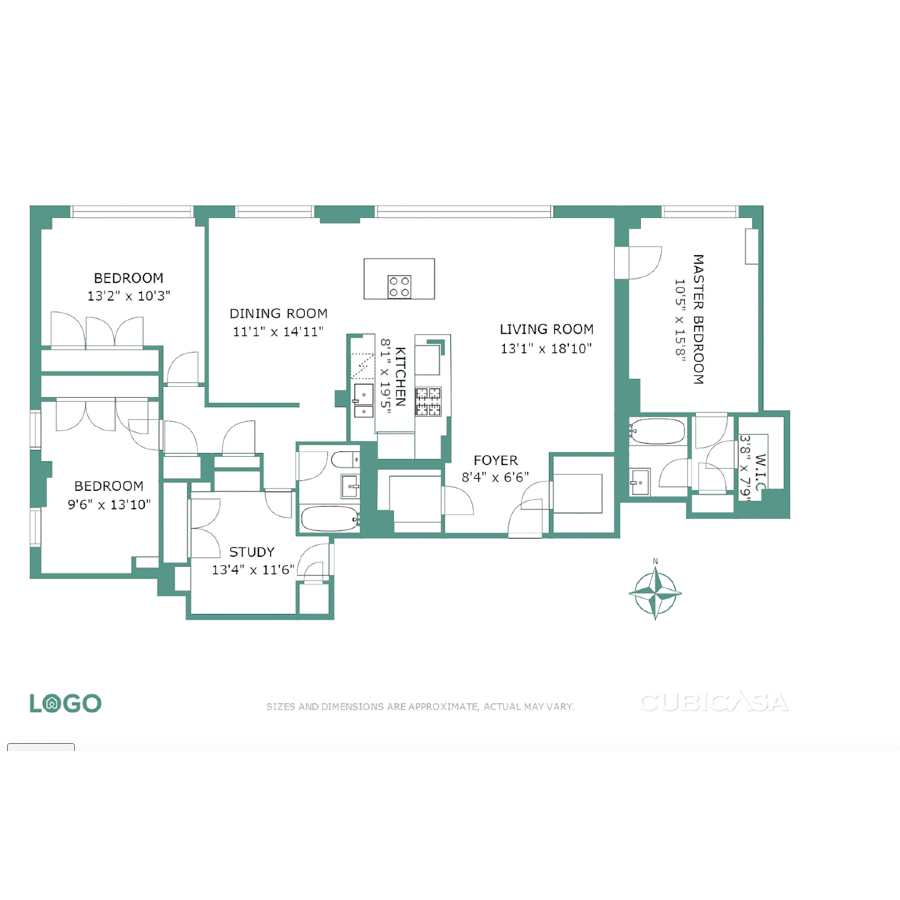
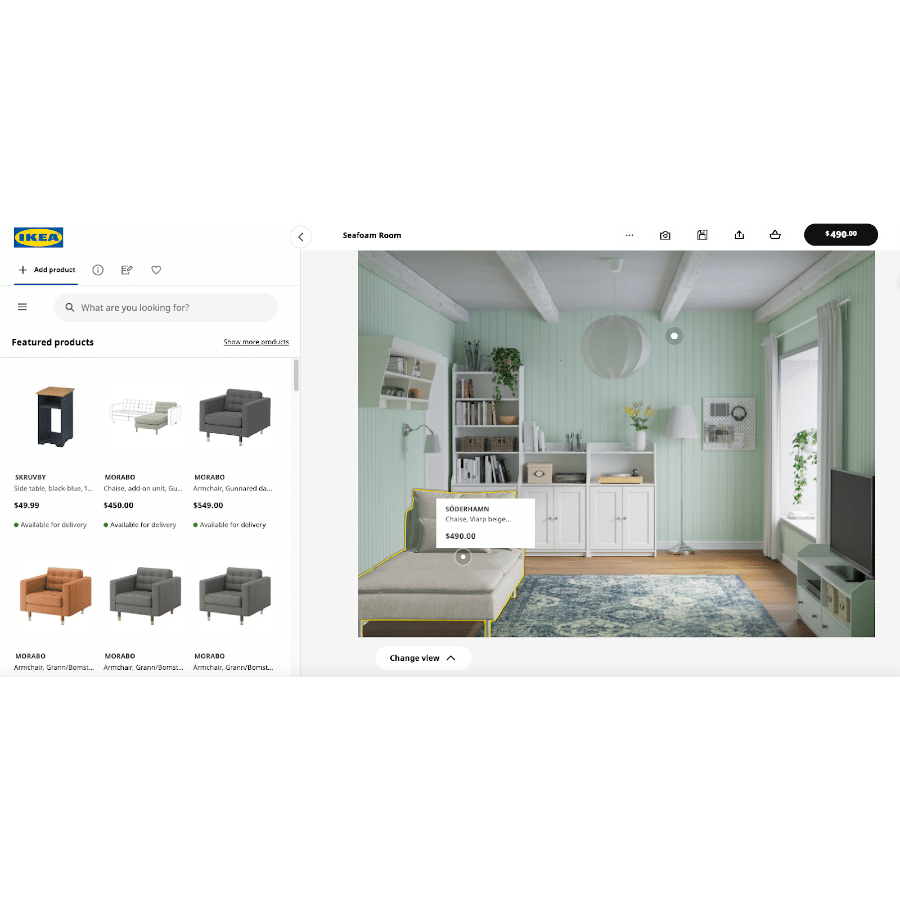
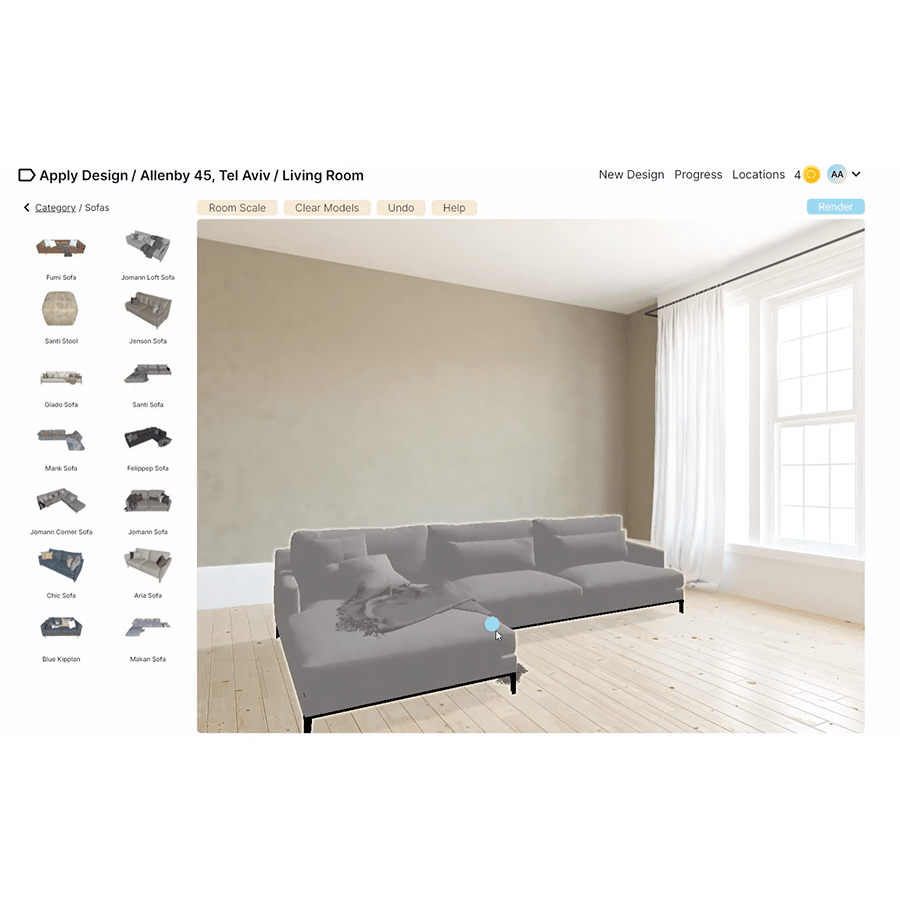
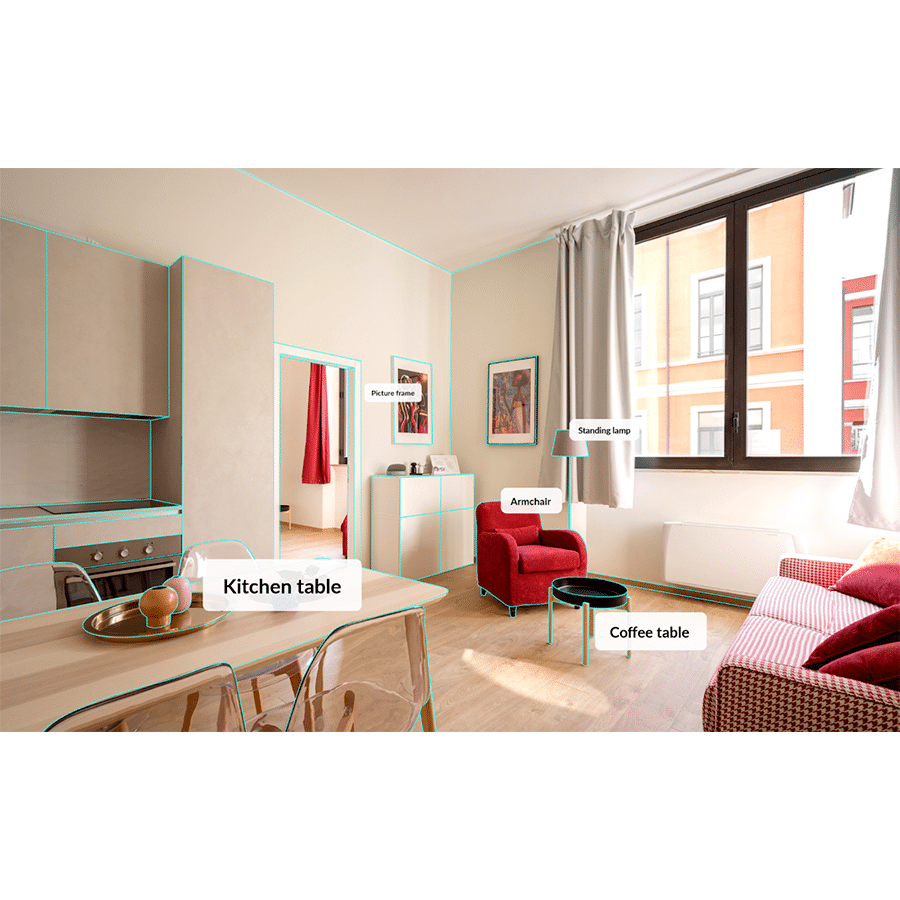
Add comment